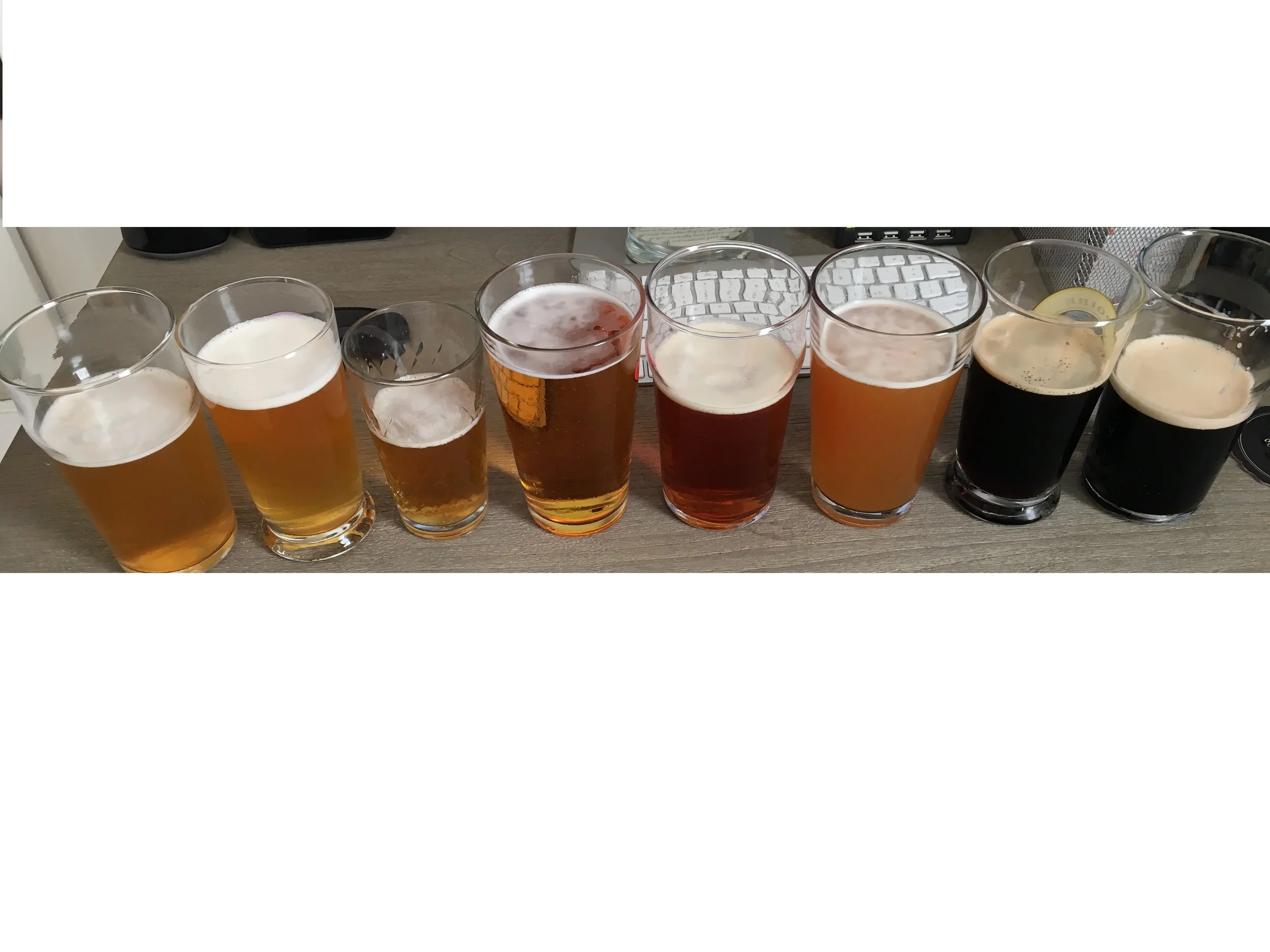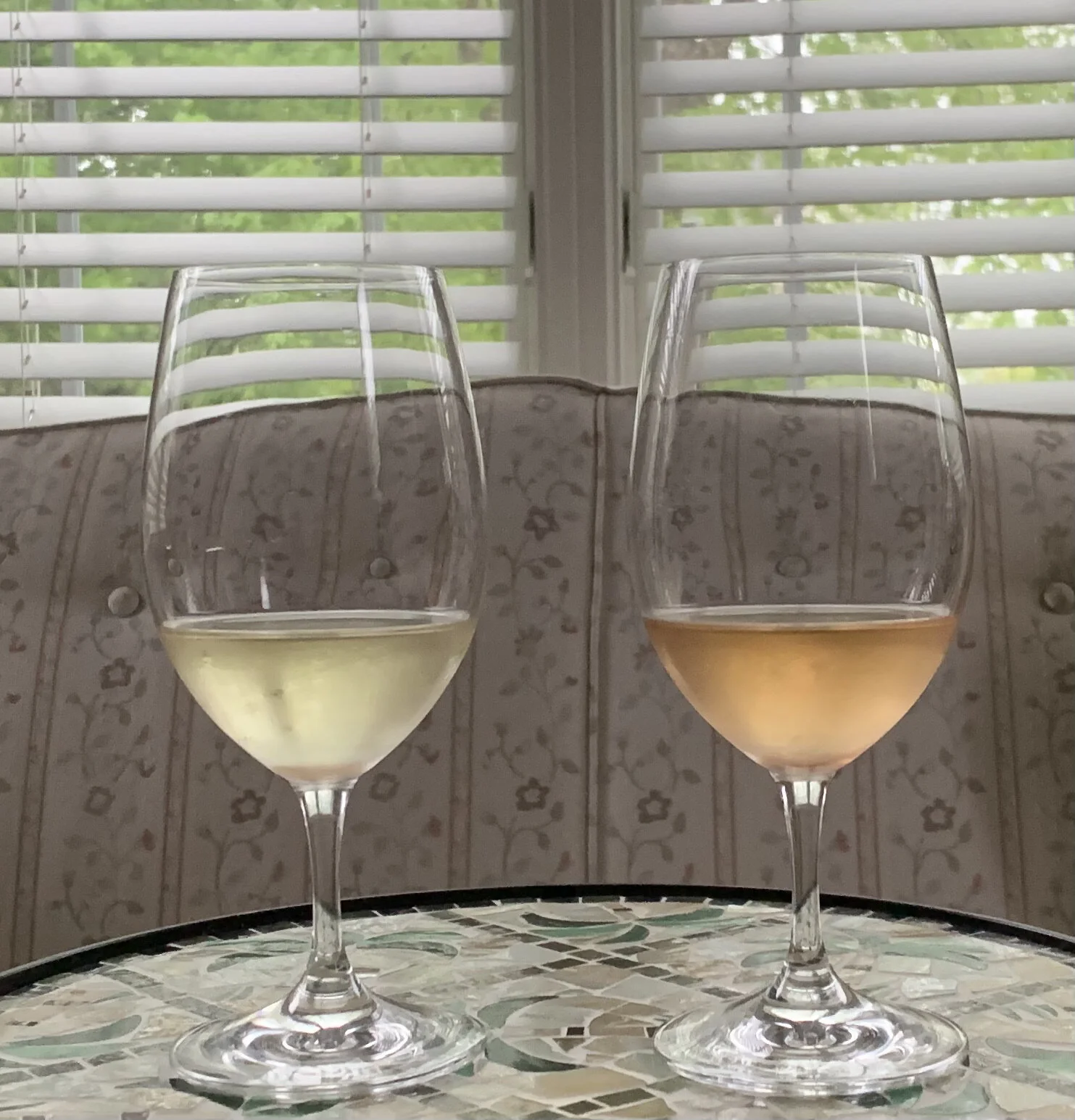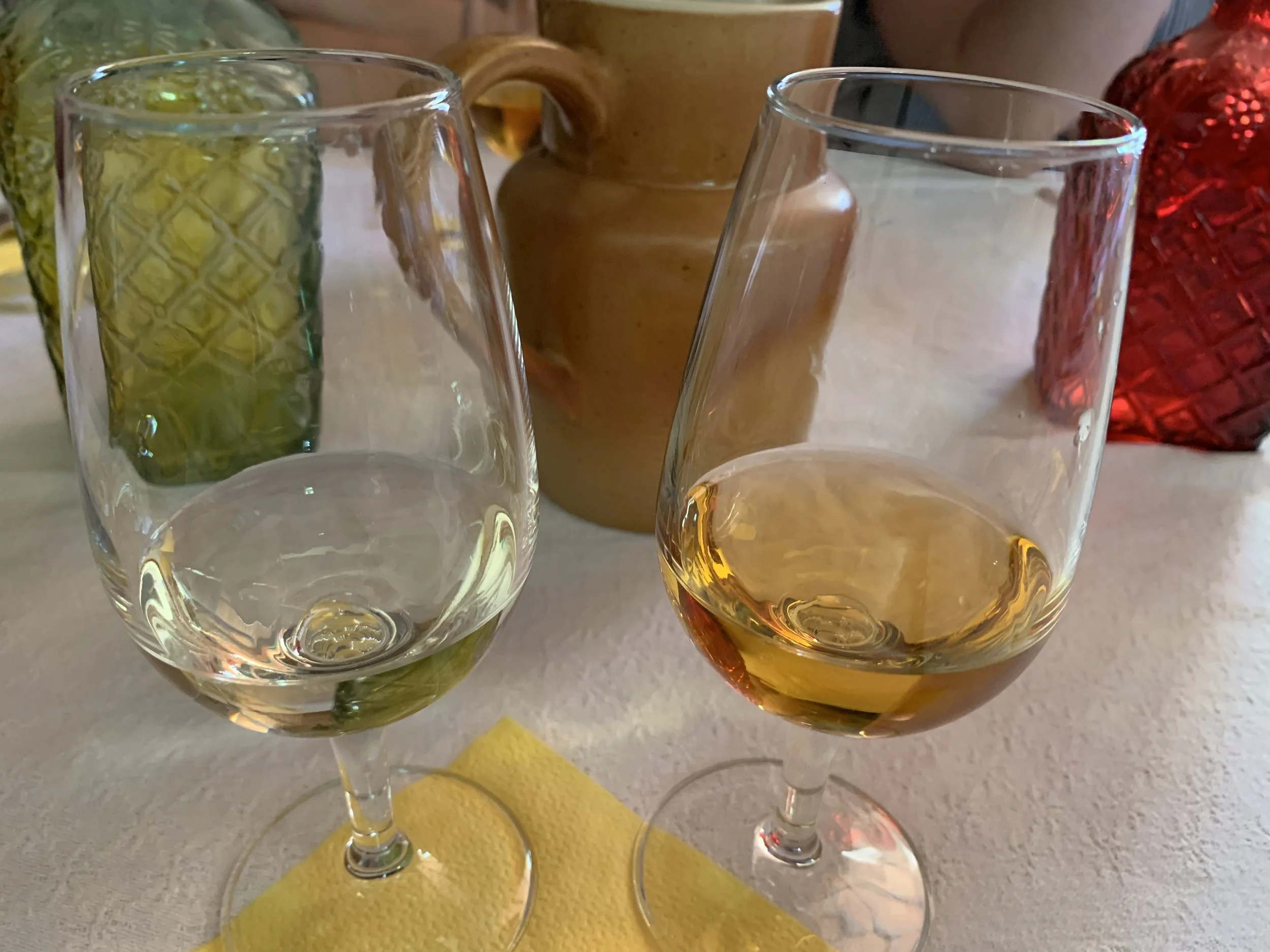The Many Names of Nebbiolo
With different names in different regions sometimes it is hard to know what will end up in your glass. Nebbiolo is grown in many regions across Italy. It has 3 prominent synonyms. Each time the name changes the profile or flavor of the wine does as well. Nebbiolo, Spanna, Picoutener, and Chiavennasca are all the same grape, but the wines made from them are not identical. Each wine translates into a glass differently.
Nebbiolo can be difficult to grow. It has a thin skin that makes it lighter in color. As a late ripening grape variety Nebbiolo makes its best wines catching rays on south facing slopes. There is a delicate perfume of red and purple flowers backed with a powerful structure. While the grape is, red fruit dominate with notes of cherry, raspberry, and pomegranate those notes take a backseat to earthy notes of leather, soil, truffle, mushroom, and tar. Many of these elements exist no matter the name of the grape, but some elements can vary.
The gold standard for Nebbiolo is set in Piedmont in the areas of Barolo and Barbaresco. Here Nebbiolo makes what many refer to as the king of wines. Wines from Barolo are revered for their power and structure and are big wines with abundance of tannin, acid, and alcohol. They are well balanced with great aging potential. The floral notes tend to be more dried flower or potpourri. The fruit may smell ripe on the nose, but tends to be slightly tart on the finish. Barbaresco has a reputation for being the more feminine counterpart to Barolo, mainly because the wines are softer. The tannin is still pronounced, but it is softer in its youth. The floral notes are often fresher and the fruit leans towards riper.
Just north of Barolo and Barbaresco still within Piedmont are the areas of Ghemme and Gattinara. Here Nebbiolo is now as Spanna. These areas require long aging in neutral barrels which softens the tannins. Spanna also has a more intense perfume. The intense smell with the brighter acidity makes Spanna intoxicatingly beautiful.
Heading northeast of Piedmont on the border of Switzerland in Lombardy are the regions of Valtellina Superiore, Rosso di Valtellina, and Sfurzat di Valtellina. Here Nebbiolo is known as Chiavennasca. Because of the mountainous and northerly location, Chiavennasca is very dependent on long hours of sunlight. Sfurzat di Valtellina is a wine made in passito style, think Amarone, but made with the Nebbiolo grape. It has more concentration and richness because it is made with both dried and fresh grapes. Valtellina Superiore and Rosso de Valtellina are earth dominant wines. Chiavennasca creates wines that are medium bodied with more tannin and acid. Chiavennasca wines showcase the earthy qualities.
Heading northwest along the Swiss border is the region of Valle d’Aoste. Here Nebbiolo is called Picoutener. This is the furthest north in Italy that Nebbiolo is grown. Picoutener comes from the sub regions of Donnas and Arnad-Montijovet. The wines are bright, light, tannic with a zippy finish. Expect tart fruit flavors. These are some of the more difficult to find wines because few wines make it out of the region. But they are worth finding.






